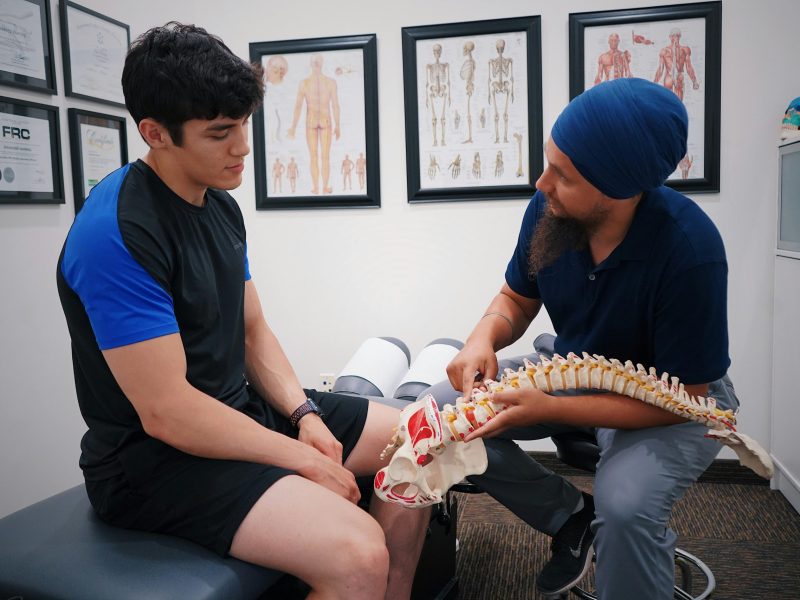Author: Nikola Dobrijević, mag. physioth.
What is Spasticity?
Spasticity is a common condition following a stroke, characterized by abnormal muscle tightness due to prolonged muscle contraction. This condition typically affects the elbow, wrist, fingers, and ankle, leading to stiffness, pain, and reduced range of motion. It develops within 3 to 6 weeks post-injury and can gradually worsen over the first six months if not properly treated.
Symptoms and Impact
Patients with spasticity often experience involuntary muscle contractions that can involve one or multiple muscles. This leads to limited movement, increased muscle tone, and potential shortening of surrounding tendons and soft tissue. If untreated, it can result in painful and restrictive joint positions, known as contractures.
Importance of Early Intervention
Early intervention is crucial in managing spasticity to prevent long-term complications and improve quality of life. Effective treatment focuses on several key areas:
- Positioning: Proper positioning helps normalize muscle tone, provide sensory input, increase spatial awareness, prevent complications such as pressure sores and respiratory issues, and facilitate essential activities like feeding.
- Muscle Mobilization: Specific mobilization techniques aim to improve the flexibility of soft tissues and joints, enhance body structure relationships, and promote selective movement control.
- Robotic Therapy: The VIBRAMOOV device, which uses targeted vibrations to relax muscles, is particularly effective in preparing muscles for functional activities. It can be used on both upper and lower extremities.
- Botulinum Toxin Injections (Botox): For severe spasticity, Botox injections can significantly reduce muscle tone and pain, allowing for better movement and comfort.
- Orthotic Devices: Regular assessment for orthotic devices helps maintain joint positions and prevent deformities.
Success Stories
One notable success story involves a patient named Goran, who developed severe spasticity in his left arm following a pulmonary embolism. After a 12-week intensive neurorehabilitation program at Glavic Clinic, Goran regained full independence in daily activities and returned to work and recreational activities.
Conclusion
Managing spasticity effectively requires a multidisciplinary approach involving early intervention, specific therapeutic techniques, and advanced robotic devices. At Glavic Clinic, our comprehensive treatment plans are tailored to each patient’s needs, ensuring the best possible outcomes for those recovering from stroke and dealing with spasticity.
For more detailed information and personal stories, visit Glavic Clinic’s blog on spasticity treatment.


